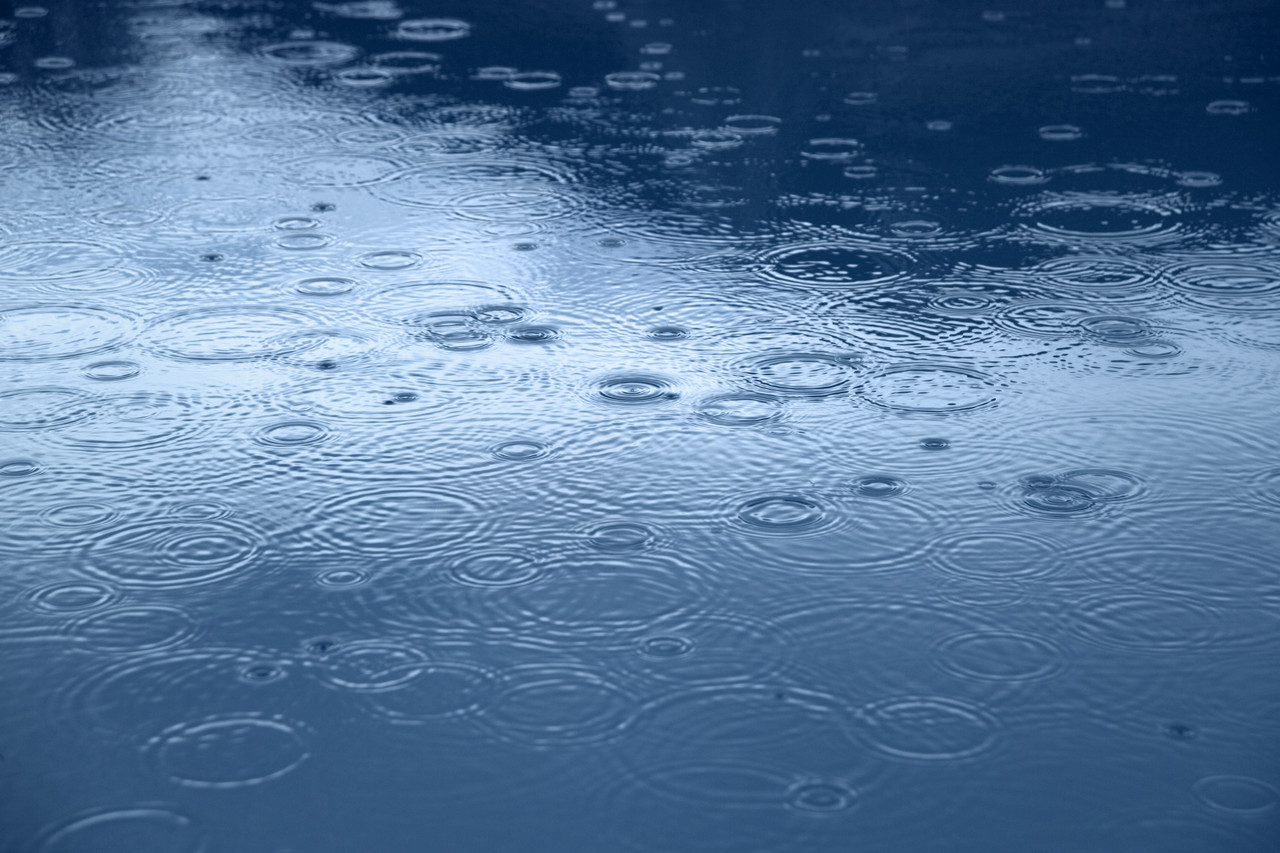The goal here is to evaluate the degree to which natural treatment systems (NTS, such as biofilters and streams) can be relied on to consistently remove pollutants from storm water runoff. We have settled on two categories of pollutants (nitrogen and pathogens, including antibiotic resistant genes) and are interested in characterizing how their removal responds to environmental perturbations, for example associated with heavy metal and pesticide accumulation in soil media. Two types of field studies are being conducted. In the first, we have selected a set of NTS at UCSB, UCI, and UCSD that collectively span a gradient in metal pollution. Field measurements are just getting underway, and include: (a) nitrification and denitrification potential assays, soil eluate preparation for analysis of fecal indicator bacteria, soil nutrient extraction, substrate induced respiration, and microbial community analysis (diversity, functional gene abundance and expression of nitrifiers and denitrifiers) (UCSB); (b) analysis of heavy metal speciation in soil samples using Inductiverly Coupled Plasma – Mass Spectroscopy (ICP-MS) (UCR); and (c) measurement of antibiotic resistance genes including sul1 and blaSHV genes (UCLA). In the second, we are utilizing a biofilter test facility at Orange County Public Works (OCPW) to carry out well controlled pollutant challenge experiments, in which mixtures of sewage and simulated storm water are applied to 1m3 biofilter test cells while measuring: (a) differential fecal indicator bacteria, pathogen, and antibiotic resistant genes removal (UCSB, UCLA, UCSD, SCCWRP, OCPW); (b) nitrogen fluxes and cycling (UCSB and UCI); (c) heavy metal mobilization and speciation (UCR); and (d) water inflow, soil water pressure head, volumetric moisture content, ponding height, and water table height (UCI). We anticipate running our first set of biofilter challenge experiments in December 2017. The controlled nature of the these latter experiments will allow mechanistic modeling studies (e.g., with Hydrus 1D), with the goal of translating field observations into design tools that can be used in engineering practice (UCI). The graduate student on this latter project (Ms. Emily Parker) is finishing up a prestigious Knauss Sea Grant Policy Fellowship (http://seagrant.noaa.gov/Knauss) in Washington D.C.
